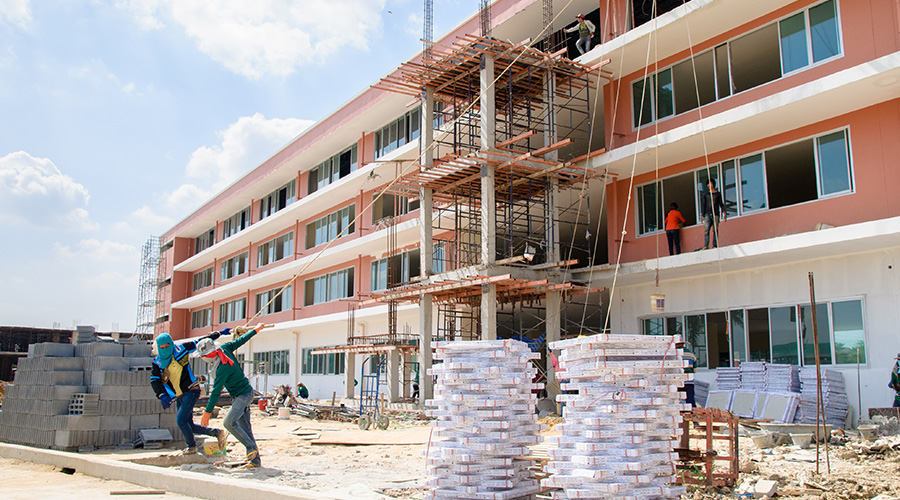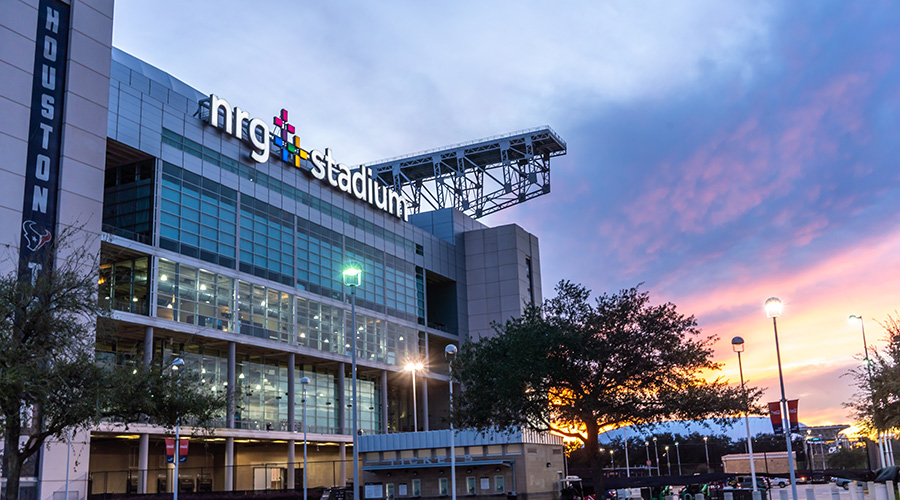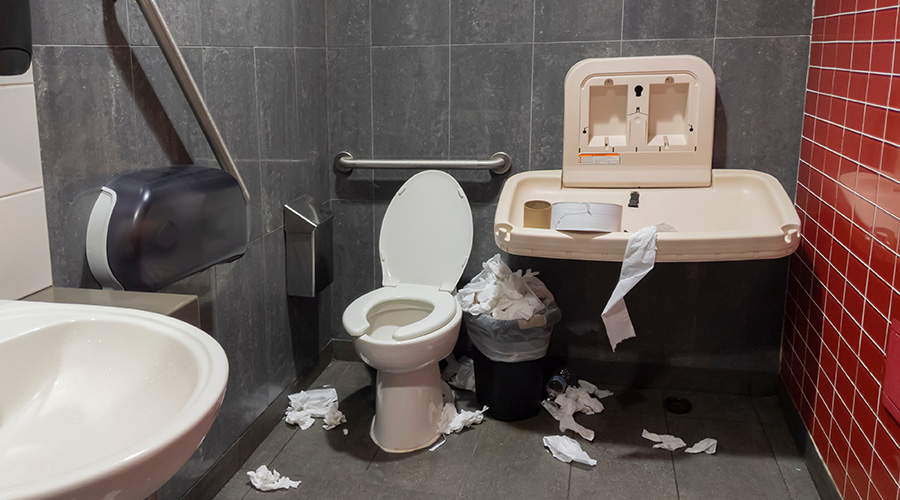
School COVID-19 Funds Often Spent on Facilities
Across 21 states with publicly available data, schools on average planned to spend 18 percent of their third and largest COVID aid package on facilities. July 23, 2024
By Dan Hounsell, Senior Editor
What would officials in K-12 schools do if they received billions of dollars and few strings attached? Would they spend it on salaries? Teaching materials? Building new schools?
For many maintenance and engineering managers in these facilities, the answer to that hypothetical question would have been easy: Allocate the funds to erase the deferred maintenance crisis that has plagued districts for decades.
That scenario is no longer hypothetical. It has been playing out in K-12 schools nationwide in recent years as district officials have decided how to spend funds as part of the federal COVID-19 relief package in 2021. The result has been surprising.
Handed billions of dollars with few strings attached, thousands of school leaders made a similar calculation that year. Across 21 states with publicly available data, schools on average planned to spend 18 percent of their third and largest COVID aid package on facilities, according to Chalkbeat. That amount is nearly as much as they were required to spend on academic recovery.
In Mississippi, schools put nearly 40 percent of their final aid package toward buildings. In South Dakota, it was more than one-half.
As the nation takes stock of its return on this massive one-time investment, many school leaders stand behind their decision to go big on facilities and say this will pay dividends for academics and student engagement.
But recent research points to a potentially troubling trend: High-poverty districts were more likely to budget a greater share of their final aid package for facilities and operations, especially costly projects like new construction and building repairs. That left them less to spend on academic recovery, even though they educate the kids who have had the most academic ground to make up.
Dan Hounsell is senior editor for the facilities market. He has more than 30 years of experience writing about facilities maintenance, engineering and management.
Next
Read next on FacilitiesNet












